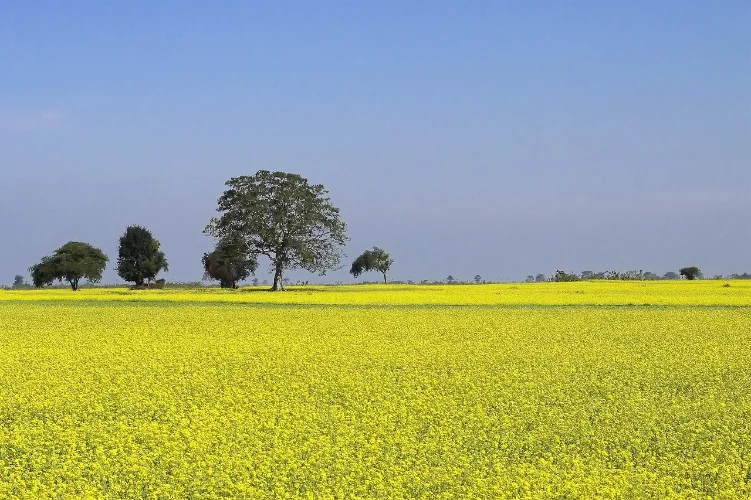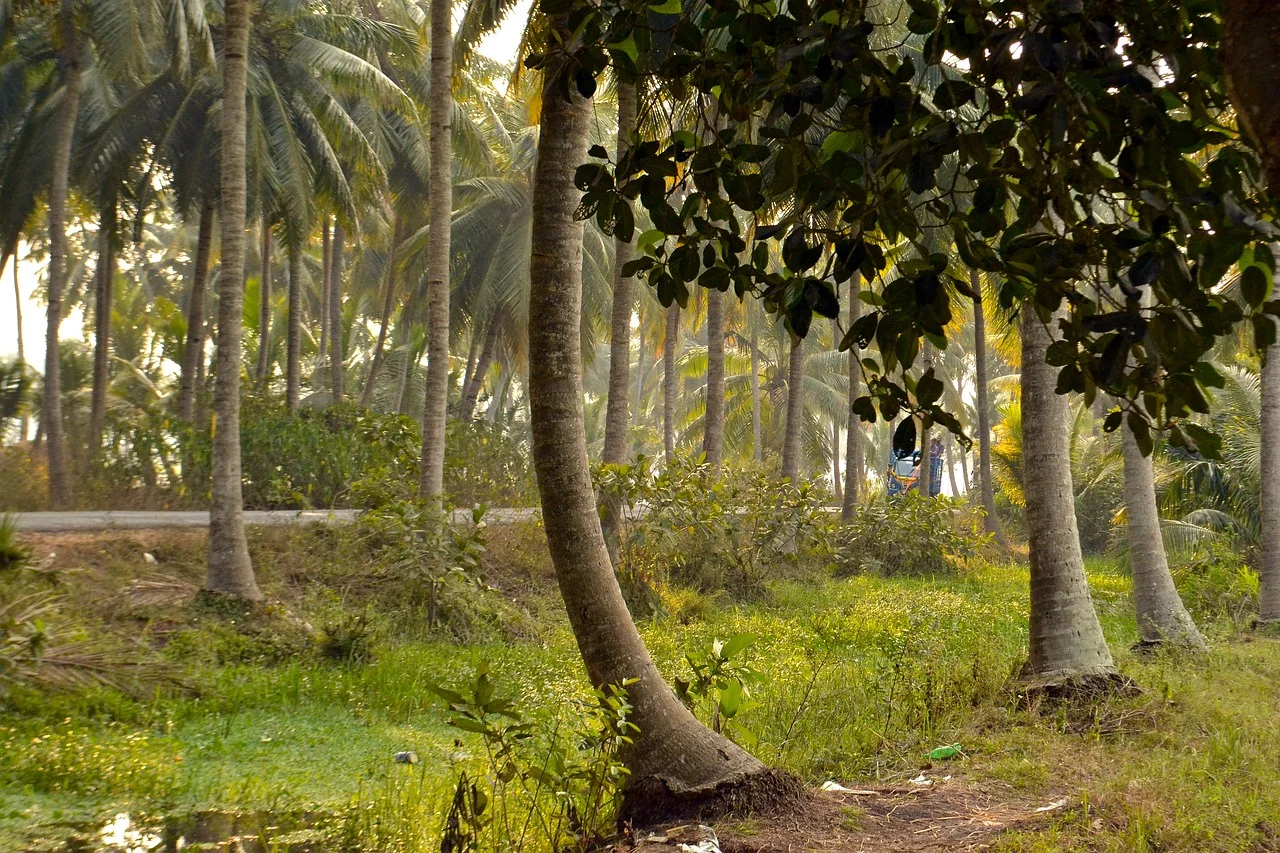Mustard production, which saw an impressive growth of close to 40% from 2019-20 to 2022-23, might not replicate the same success this year. Despite this, the government’s goal of achieving a modest 4% increase in production for 2023-24 seems attainable. However, several farmers in smaller states opted out, and major mustard-producing states like Rajasthan and Madhya Pradesh did not witness a significant surge in cultivation area. The exception to this trend is Uttar Pradesh, where the acreage has surged by 32% as of December 22.
Acreage up
The total area dedicated to mustard and rapeseed cultivation has increased to 95.23 lakh hectares as of December 22, marking a 2% rise from the previous 93.46 lakh hectares. While Rajasthan witnessed a slight decrease of 1.6 lakh hectares, Uttar Pradesh reported a notable increase of 4.3 lakh hectares. In other regions, there is not a significant difference in absolute terms.
Interestingly, certain states like Ladakh, Maharashtra, Manipur, Tripura, and others have not undertaken mustard planting. Even when combined, their normal cultivation area may not exceed one lakh hectares, according to sources. Despite plans to boost cultivation in the North-East, it hasn’t been successful this year. The total mustard acreage in Assam, Arunachal Pradesh, Nagaland, Meghalaya, Sikkim, Mizoram, and Manipur reached 3.67 lakh hectares until last Friday, compared to 3.28 lakh hectares the previous year, although the normal area is 3.82 lakh hectares.
Favorable Weather
PK Rai, the Director of the Directorate of Rapeseed-Mustard Research in Bharatpur, acknowledges that replicating the impressive growth of the past three years may not be feasible. However, he points out that the current weather conditions have been highly favorable, making it possible to reach the targeted production.
Rai explains, “Diseases like white rust and others can significantly disrupt mustard yield. Fortunately, there have been no reports of pest attacks on mustard from any location. The anticipated impact of El Nino has not been observed on the ground so far. If the weather remains favorable for the next two months, achieving the targeted production is within reach.”
Rajasthan situation
He mentioned that Rajasthan plays a crucial role, and any changes in the state significantly affect the overall mustard production in the country, given its substantial cultivation area for this winter oilseed crop (40-45%).
The Agriculture Ministry has set a mustard production target of 131.4 lakh tonnes for the 2023-24 crop year (July-June), an increase from the estimated actual output of 126.43 lakh tonnes in 2022-23. In comparison, mustard production was 91.24 lakh tonnes in 2019-20.
Bhagirath Choudhary, Founder-Director of the South Asia Biotechnology Centre based in Jodhpur, pointed out that numerous farmers in Rajasthan have shifted from growing mustard to spices crops. As a result, the decline in acreage may be even greater than the government’s estimate.
“There’s a lot of negativity surrounding mustard in the usual mustard-growing regions due to higher-than-normal temperatures and the current low market prices. Farmers are opting for spices like cumin, fennel, and isabgol instead. Moreover, the effects of El Nino are already noticeable this season, with temperatures higher than usual, a lack of winter precipitation, and the absence of foggy conditions. This could potentially shorten the harvest duration, impacting overall yield in the northern parts,” explained Choudhary.
However, Rampal Jat, the president of Kisan Mahapanchayat, remains optimistic about a better yield and increased mustard production despite the decrease in cultivation area. Simultaneously, he is urging the government to procure 100% of the mustard at the minimum support price (MSP). This, he believes, would encourage farmers to continue cultivating mustard or even expand the cultivation area.
Reflecting on the dropsy episode of 1998, Jat emphasized, “The government’s policies significantly influence mustard prices, and it’s crucial for them to ensure that domestic farmers receive support through guaranteed purchases at MSP. This support should be directed towards our farmers rather than benefiting soybean growers in the US or palm oil farmers in Indonesia.”






